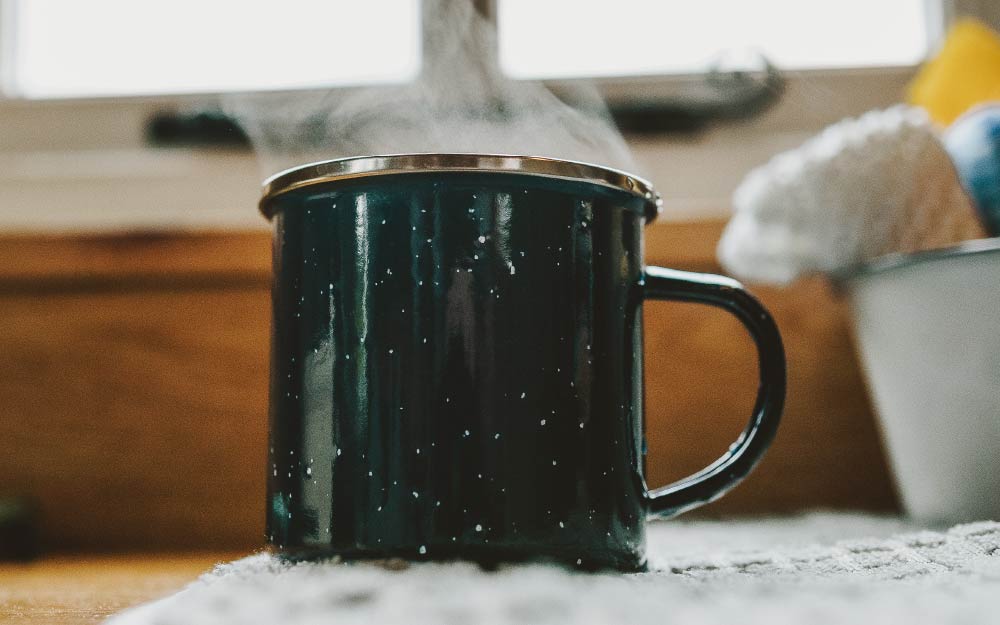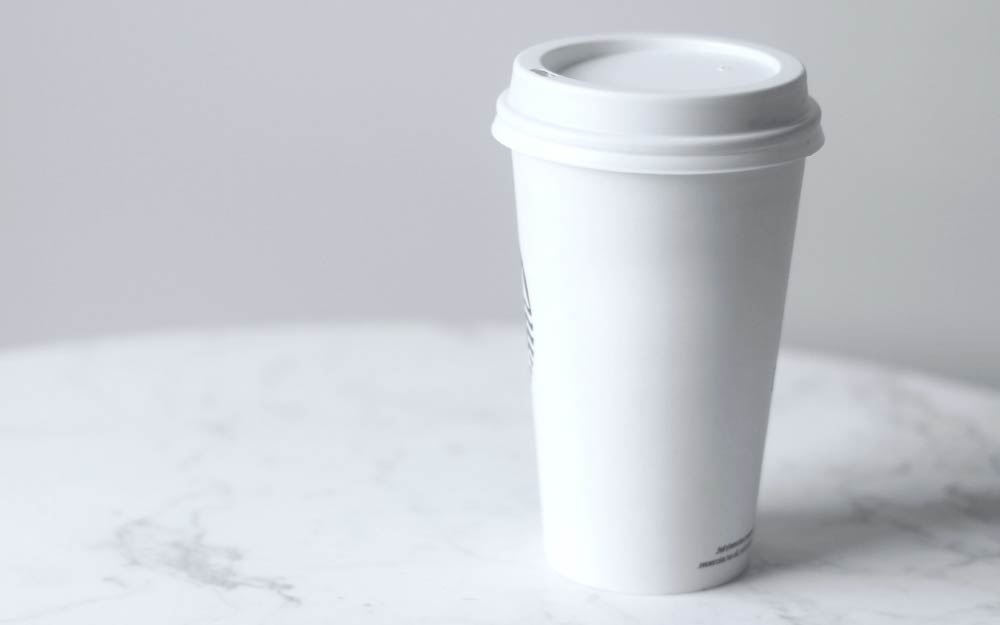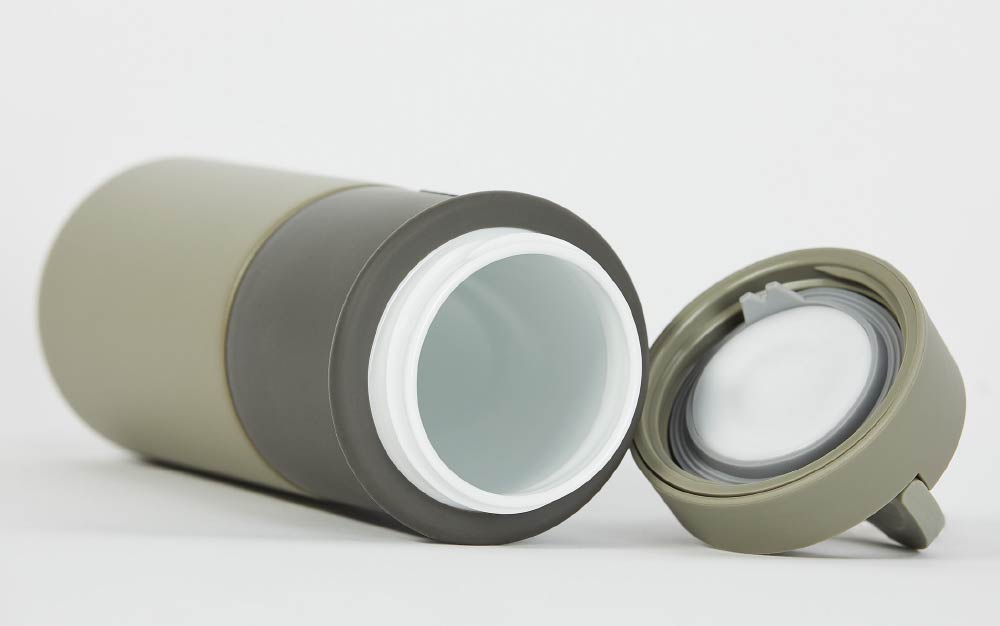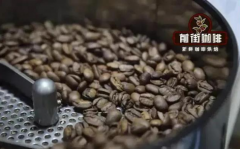Do containers of different materials have an effect on the flavor of coffee? What material preserves the flavor of coffee best?

You have chosen your favorite place from your favorite roaster, bought coffee, and brewed it to perfection. There seems to be nothing to do but pour it into a cup and enjoy it.
However, choosing the right container and the right material is more important than you think. In order to fully enjoy your cup, you should make sure that the material you choose will not adversely affect the taste of the coffee.
Is the choice of materials important?
Most takeout coffee is in disposable cups. In the UK alone, 2.5 billion of them are used each year. The amount of water used to make them is estimated at 1.5 billion litres. Although many of these cups are recyclable, only one in 400 cups can be recycled correctly.
Consumers around the world are more aware of the environmental impact of their purchases than ever before. As a result, many people turn to reusable options. But which material is the best?
Although preferences may vary, there are some key factors that can make the ingredients suitable for drinking coffee. Ideally, it should be light, long-lasting and maintain good heat. It is also important not to affect the flavor of coffee by retaining flavor in the material itself or by creating your own unique bad taste.
We compared the four main materials used to make coffee cups-glass, stainless steel, reinforced plastics and ceramics-to see how each material affected the taste of a cup of coffee.

Glass material
Few materials are as visually attractive as glass. It is both fashionable and attractive, and you can enjoy your own drinks while drinking.
If your cup is made of toughened heat-resistant glass, no matter how hot your coffee is, it will not break or break. If you choose a double glass, it is also comfortable enough to carry with you. Glass is also usually easy to recycle.
Although glasses do not affect the taste of coffee, they do not retain calories like ceramic cups. Since the temperature of the coffee can affect its taste, it is best to make sure that the coffee is kept hot and not hot when drinking it.
Studies have shown that it is difficult to detect flavor and aroma below 50 °C, which means that you want to keep your coffee above this threshold for as long as possible.
Toughened glasses and mugs are also usually more expensive than ceramic, plastic or steel cups. Although the glass looks great in the kitchen or coffee shop, it is not suitable for those who want to take coffee with them.
Stainless steel material
Stainless steel is almost indestructible. Unlike glass, it retains heat well because metal is a natural thermal conductor. It is also relatively easy to clean.
Although it is visually attractive, grease and fingerprints can easily appear on stainless steel.
Stainless steel also has a strong metallic taste, which may affect the taste of your coffee and other drinks. Although this will not wash away, it will fade with the passage of time and use.
Although stainless steel usually has high elasticity, it becomes porous over time. This means that it will absorb the residual oil in the coffee you drink from it, giving the coffee some flavor and smell over time.
The acidity in coffee causes stainless steel to decompose over time and release tiny particles of potentially toxic substances, such as nickel. Although this will not cause major health problems for most people, Sylvio still advises people to use only stainless steel cups and bottles to drink water, not coffee.

Plastic material
Because it is cheap and easy to manufacture, coffee cups, bottles and cups are usually made of enhanced heat-resistant plastics. Although plastic is not as strong as stainless steel, it is good for hot coffee.
However, plastic cups are usually not as durable as those made of other materials, such as stainless steel.
In addition, over time, plastic will capture unpleasant odors and flavors, which will affect the taste of coffee. Although you may not notice it for the first time, in the end, you will be able to say that your coffee tastes different.
Finally, it is well known that plastics are also bad for the environment and may be difficult to recycle in some areas. Even if you buy a plastic cup and reuse it many times, it is likely to end up in landfills.

Ceramic material
Ceramic drinking fountains are very popular because they are cheap, light and can retain calories well. They also do not affect the taste of the liquid, so they are very suitable for use as coffee.
Ceramic cups are usually leak-proof and keep their color and design good. Ceramic is still the best choice for coffee because it has all the advantages of other materials and has no disadvantages.
It is environmentally friendly, but the same as non-porous and heat-resistant stainless steel. Sylvio's ceramic drinking utensils of various qualities have introduced WOKY bottles to a broader market.
WOKY can get the best flavor of coffee, you can take it with you, and keep it hot. Because it is all-ceramic, it does not affect the taste of coffee and is safe for dishwashers and manual cleaning.
The WOKY bottle is the first all-ceramic bottle on the market; it's not just a ceramic lining. Many bottles use peeling ceramic coating or stainless steel as part of a cigarette holder, "Silvio told me." He added that because the bottle is completely ceramic, it can also be used in fruit juices, milk, tea and even carbonated drinks and can be reused.

Important Notice :
前街咖啡 FrontStreet Coffee has moved to new addredd:
FrontStreet Coffee Address: 315,Donghua East Road,GuangZhou
Tel:020 38364473
- Prev

Is there more caffeine in espresso or hand-brewed coffee?
Many friends come to Qianjie Cafe with bleary eyes when they go to work in the morning, and then say that I want a latte and espresso with extra powder. I am so sleepy. Yes, many people will think that I will wake up as long as I drink a little more espresso. Is that so? This time on the front street, let's talk about the caffeine content of espresso. What does caffeine content depend on? The content of caffeine
- Next

Introduction of Guatemala Vivette Nan Fruit Coffee producing area introduction of Guatemala Classic smoked Coffee
Los Aroyos (Los Arroyos) is a farmer of Huehuetenango and La Libertad.
Related
- Beginners will see the "Coffee pull flower" guide!
- What is the difference between ice blog purified milk and ordinary milk coffee?
- Why is the Philippines the largest producer of crops in Liberia?
- For coffee extraction, should the fine powder be retained?
- How does extracted espresso fill pressed powder? How much strength does it take to press the powder?
- How to make jasmine cold extract coffee? Is the jasmine + latte good?
- Will this little toy really make the coffee taste better? How does Lily Drip affect coffee extraction?
- Will the action of slapping the filter cup also affect coffee extraction?
- What's the difference between powder-to-water ratio and powder-to-liquid ratio?
- What is the Ethiopian local species? What does it have to do with Heirloom native species?

